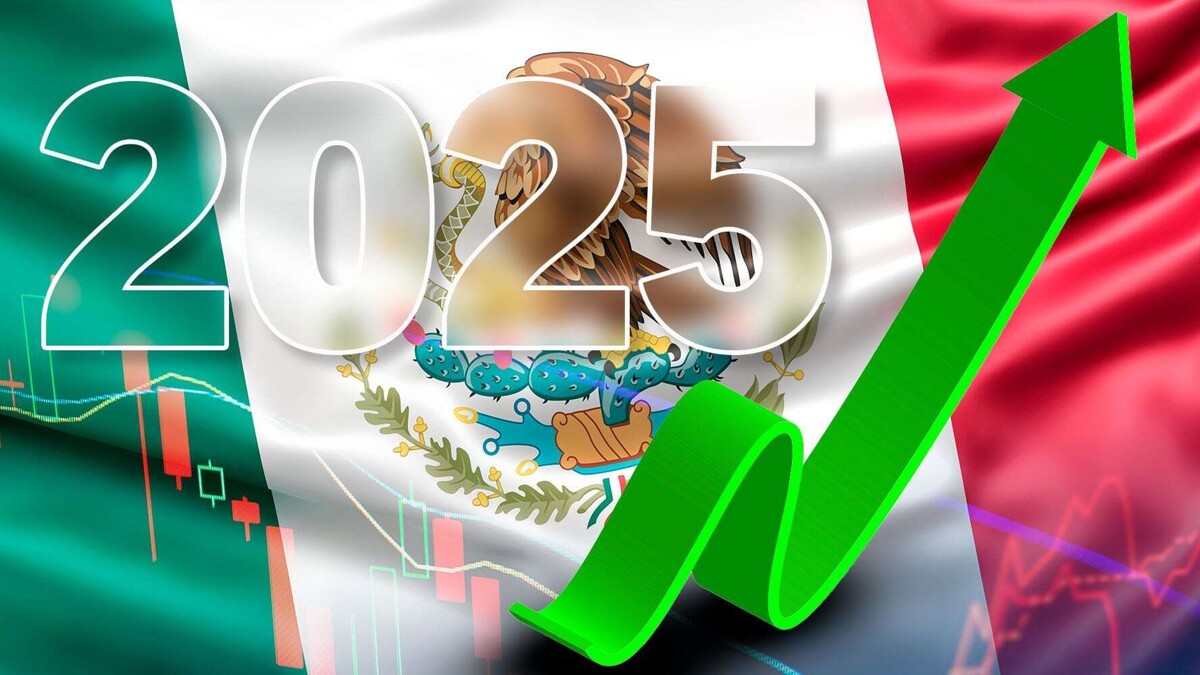
2025 is shaping up to be a year of adjustments, challenges, and key decisions for Mexico, which finds itself in a global context marked by the 'Trump effect' and its own internal dynamics. The need for a clear and stable regulatory framework is highlighted to make positive prospects a reality.
Amid the uncertainty generated by protectionist rhetoric and the unpredictable style of the former U.S. president, Mexican companies find themselves needing to adjust their economic strategies to face the challenges at hand. Uncertainty regarding the relationship with the United States affects sectors such as manufacturing and remittances, significant sources of income for many families in Mexico.
In addition to external challenges, national-level judicial elections are approaching in June, the results of which could influence investor confidence. The country's economic stability is linked to legal certainty and the perception of a solid rule of law. The importance of creating internal conditions that encourage investment and provide security to economic agents is emphasized.
Despite this challenging landscape, there are some positive points on the horizon. Nearshoring presents an opportunity to attract investments in strategic sectors, while the growth of the digital economy and the rise of fintech open new possibilities to diversify the Mexican economy and strengthen the domestic market. Leveraging proximity to the United States and existing trade agreements may be key amid the current context.
Regarding economic indicators, modest growth is observed in economic activity, although below some forecasts. Expectations for growth in 2025 suggest a challenging scenario, but also opportunities that Mexico must know how to seize in an uncertain and changing environment. Economic and political projections signal a year of crucial decisions and necessary adjustments to overcome current challenges.













